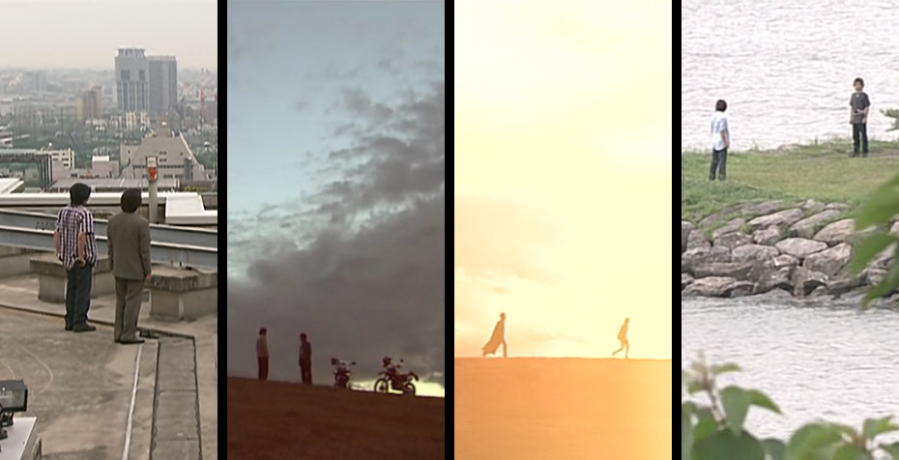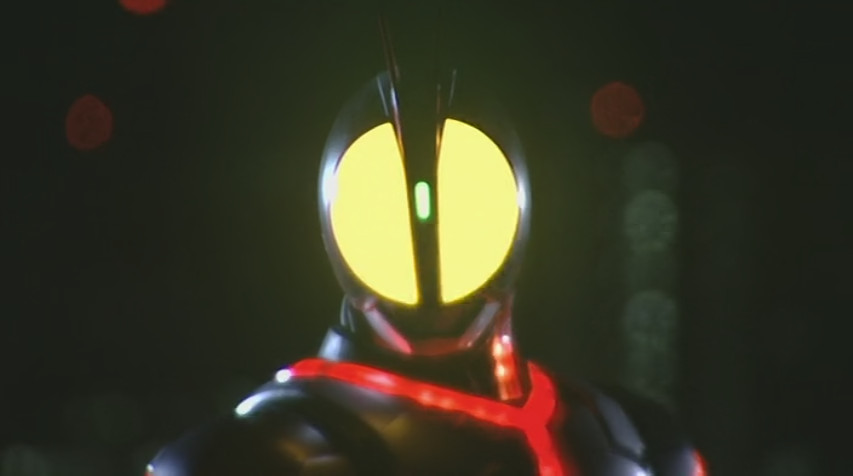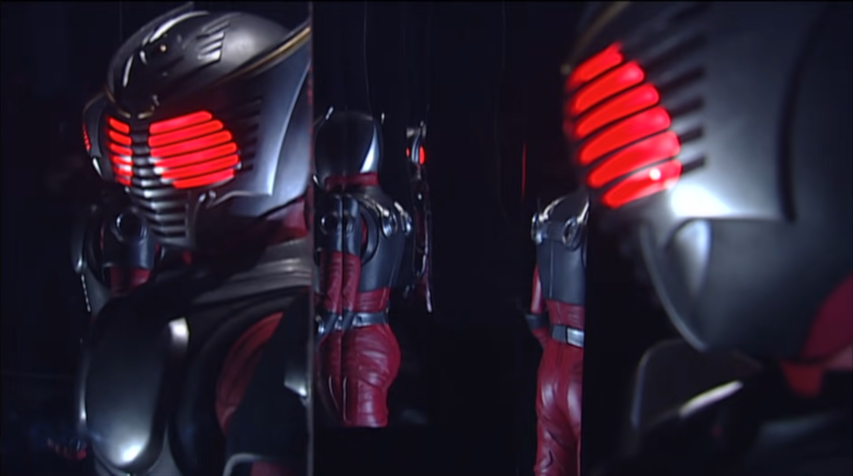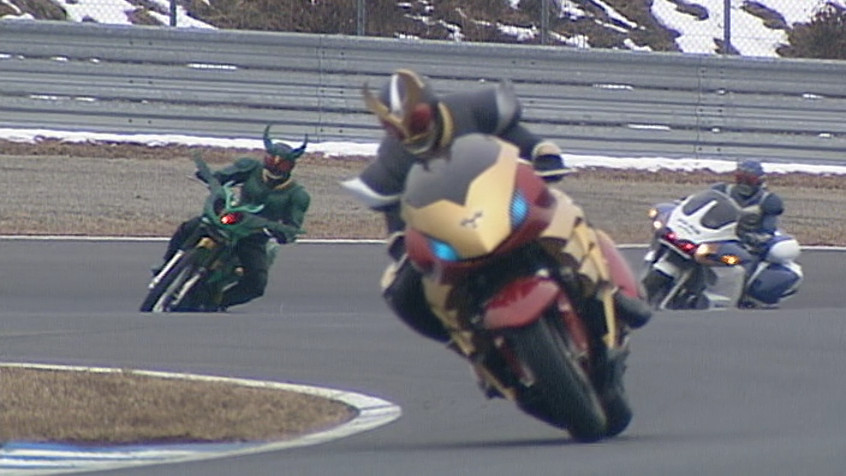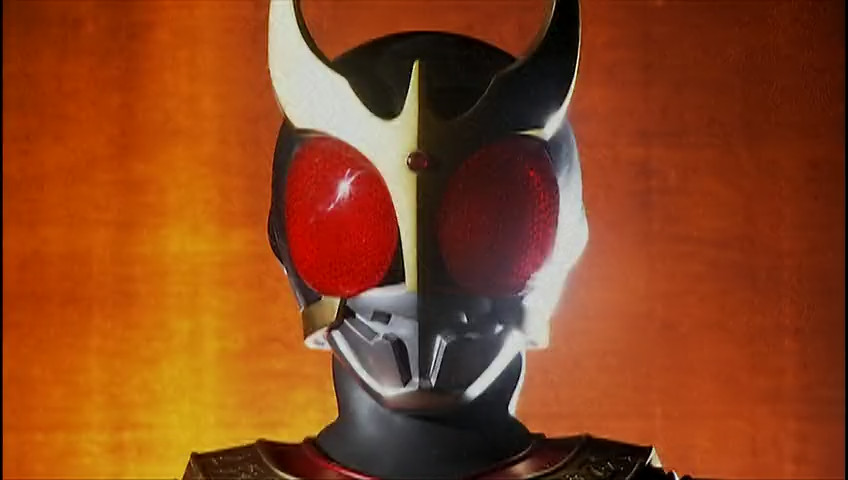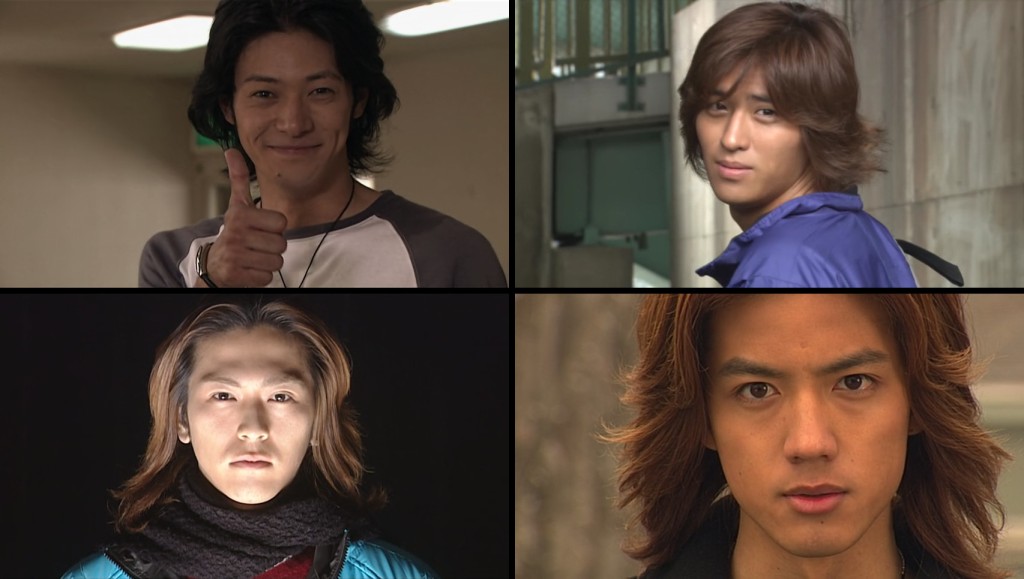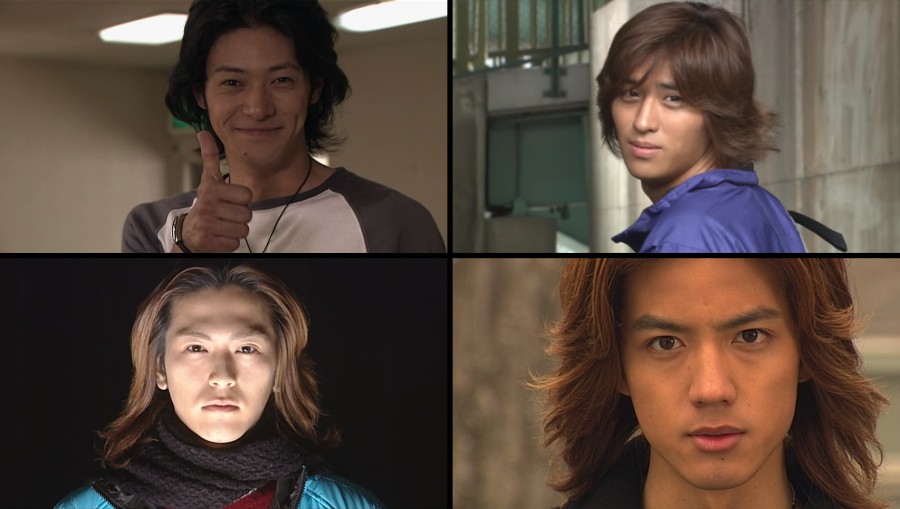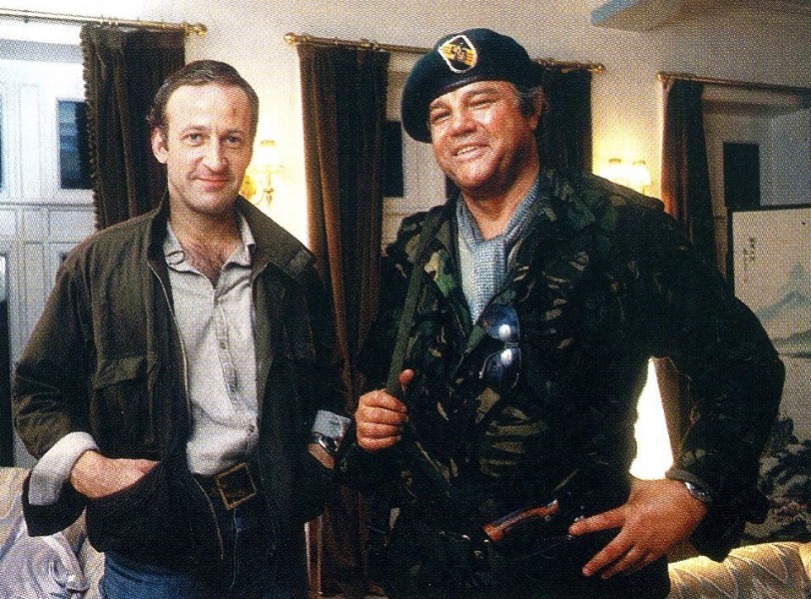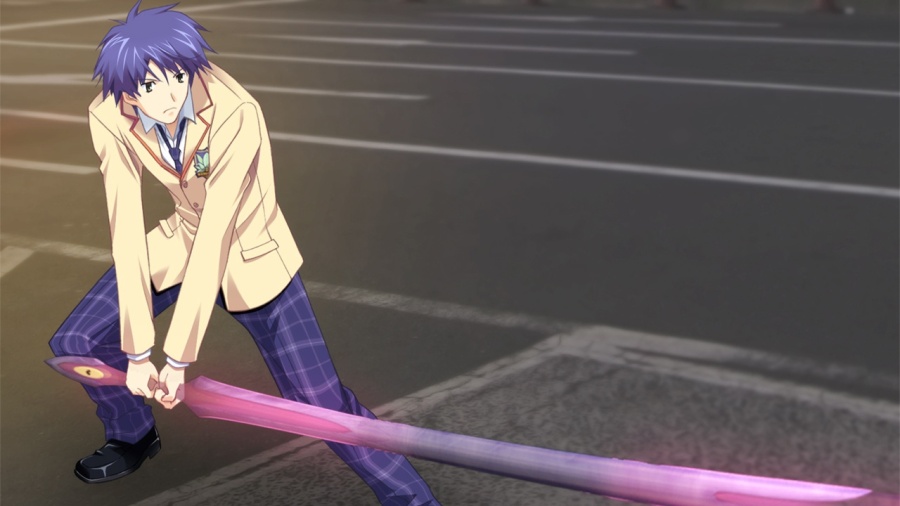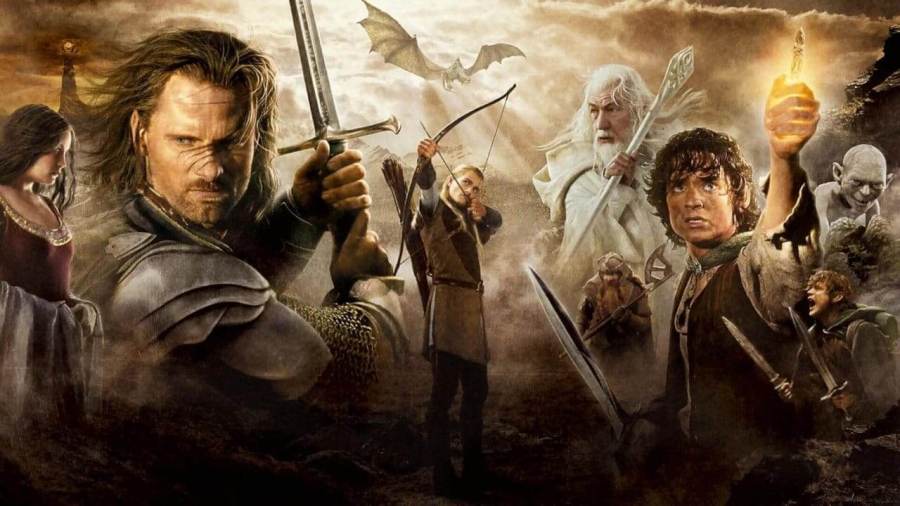It all comes down to this. For the final entry in this series, I’m going to be writing about one of the most infamous Kamen Rider shows ever. It’s the love it or hate it king of melodrama itself: Kamen Rider Faiz. This show aired primarily in 2003, and once again has its own unique setting and lore. It’s worth nothing, however, that this show has the same lead writer as Agito, Inoue, and therefore features a great deal of similarities to it, primarily subtextual ones. Faiz is one of the most well-regarded Kamen Rider shows in the series’ home country of Japan, but fan reception in the west has been much more uneven. Some people genuinely hate it, while others, like myself, swear by it. That it’s so contentious surely means that it’s not one to miss.
It’s the near future, and the next stage of human evolution is here. Many people have begun turning into superpowered beings named Orphnochs. Some undergo forced evolution, while others, like the friendly but emotional Kiba, evolve naturally. At the same time, a normal girl named Mari comes into possession of the high-tech Faiz belt, which grants one power equal to, if not greater than, the Orphnochs. She can’t wear it, but she soon meets a brash and gruff vagabond named Takumi who can. Gradually, Takumi is dragged into humanity’s silent conflict against the Orphnochs, which eventually results in him crossing paths with Kiba, as well as Kusaka, a childhood friend of Mari’s who dons the Kaixa belt.
With the premise set and major players introduced, let’s get into it one last time. Here are my seven favorite aspects of my absolute favorite Kamen Rider show.
Read more
